Carn Gluze Long Barrow
Carn Gluze Long Barrow is a developed site that has seen burials over a long period of time. Early in the history of the barrow a deep shaft was built in the centre of the monument with steps leading down into it, its purpose is unclear although theories of ritual usage have been expounded.

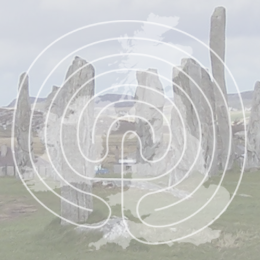
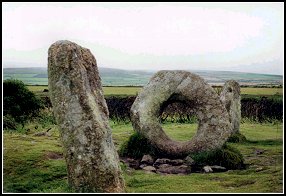
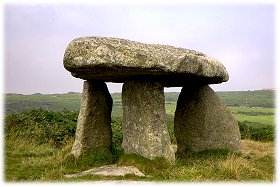
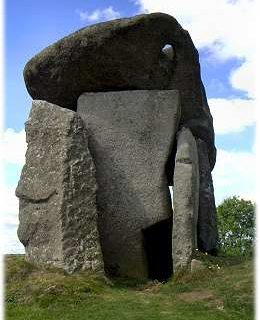

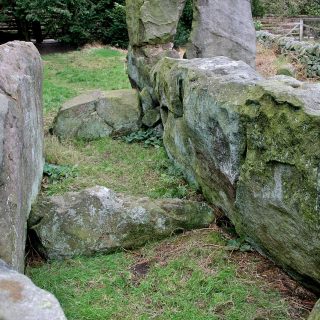
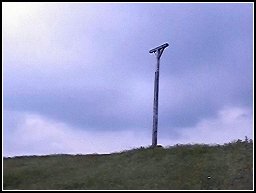
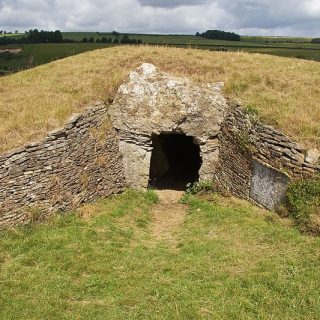
Recent Comments